It’s a tale as old as time: something new becomes available, hailed as the best thing ever, and then it is widely accepted into the culture. The only issue is how trusting we are of a new thing even though the long term side effects are not known when it first comes out. Take cigarettes, for an example. The first cigarette became mainstream in America in the early 1900’s. It was at that time that the slogan, “Don’t be foolish, take your doctor’s advice: Smoke a fresh cigarette” was around. After that, it wasn’t until 1952–over half a century later–that a convincing study came out showing that there may be a connection between lung cancer and smoking. This scenario can be seen on many occasions for every generation. For our generation, it’s social media.
Computers gained popularity in the early 70s and cell phones came along in the 90s. However, it wasn’t until the early 2000’s that the use of these devices completely changed with the invention of social media sites we use today. The pioneers of their kind, MySpace and LinkedIn, were created in ‘02 and ‘03 respectively, and social media began to explode in popularity in their wake. In the years following, sites like YouTube, Facebook, and Twitter began popping up, and our world was changed forever. Social media isn’t just a place where people share pictures, it has given our generation a new way to communicate. For the first time ever, you were able to mass share with everyone you wanted to and just about every member of the population hopped on the bandwagon. These social media outlets have led to some remarkable, comical, aimless and entertaining moments such as: connecting long lost family, launching careers, providing instant news information, and forcing everyone on the planet to choose whether a dress was blue and black or white and gold. Still, the issue stands that with something this fresh, we couldn’t possibly know what side effects this may have on the population as a whole.
Now, this article is not to say that having a Twitter account will directly link to cancer–or anything as drastic as the longterm effects of a cigarette–but we are beginning to see possible effects in our population. The most recent example of this would be the shooting at YouTube’s headquarters in California. Even though the female shooter, Nasim Najafi Aghdam, killed herself in the attack, the police have determined a source of her motive was her lack of viewers on her YouTube channel. She explained over many videos on her channel that she believed YouTube was censoring her to lower the amount of views she was able to get. This is the first attack of its kind, yet it is not the first nor the last time people have obsessed over views and being accepted and liked on social media. When social media first became widely used it was a way for people to communicate and share. Now, over a decade later, it has morphed into something completely different. Since then, terms like viral, social media influencer, YouTuber, followers to following ratio, FOMO, and YOLO have become common language among many social media users. Social media is where people go to for many things, some of which are still merely communicating with people far away from them, and sharing with peers. However this mode for sharing has started to reveal attributes that aren’t so positive.
We have all seen a family or a group of friends sitting at dinner in a restaurant while every single one of them has their face in their phone. This social media world is creating a generation of people that prefer the online world over the real world. The younger children who are growing up in this style of life are losing normal socialization abilities. They only know how to express themselves when they are shielded behind a computer screen, which can often lead to a distorted sense of reality. It’s this reality where young people develop over-confidence and say things they would never say in real life. It’s also this reality that fosters the notion that the number of likes or reposts they get has a direct correlation with them as a person. This mindset is not only contagious, but can be detrimental to someone with pre-existing mental illnesses like Nasim Najafi Aghdam. However, the more common response of people like Aghdam, who feel inadequate from a lack of social media likes, views, or even social media bullying, is self harm. One thing people seem to forget however is that there is no vetting process when someone decides to make a social media account. You never know who is actually behind the screen or what is truly going on in their head.
Social media is the tool of our generation. It’s our way to be remembered. We were the experimental ones who didn’t know how it was really going to affect us but we took it head on anyway. We are going to be written in history books one day because social media is changing the world. We have a choice on whether they are saying it was a beneficial tool or the nail in our generation’s coffin. As we begin to see the possible repercussions of this constant technological contact–mental health issues, depression, loneliness, lowered social abilities, and more–we can keep going as we are, or we can try to increase the many positive aspects of social media. Unlike smoking in the previous generation, we have control over if this becomes an epidemic with our youth.

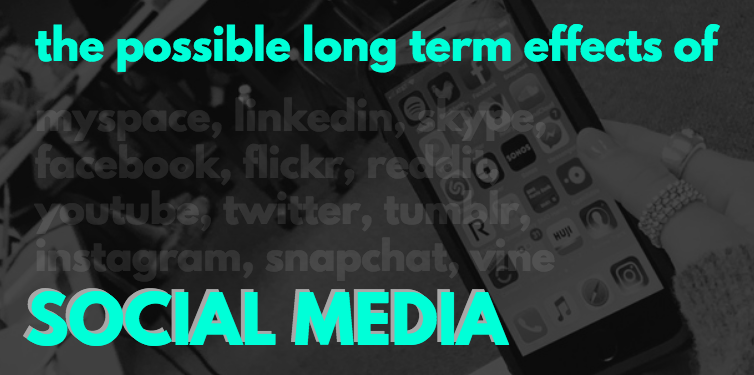


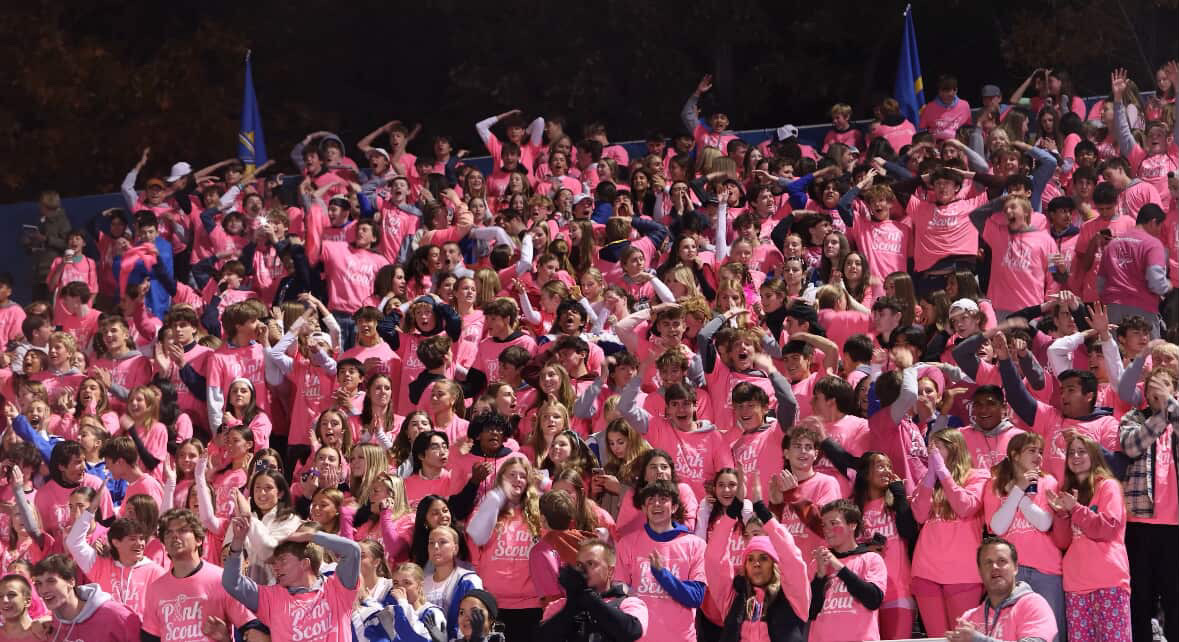

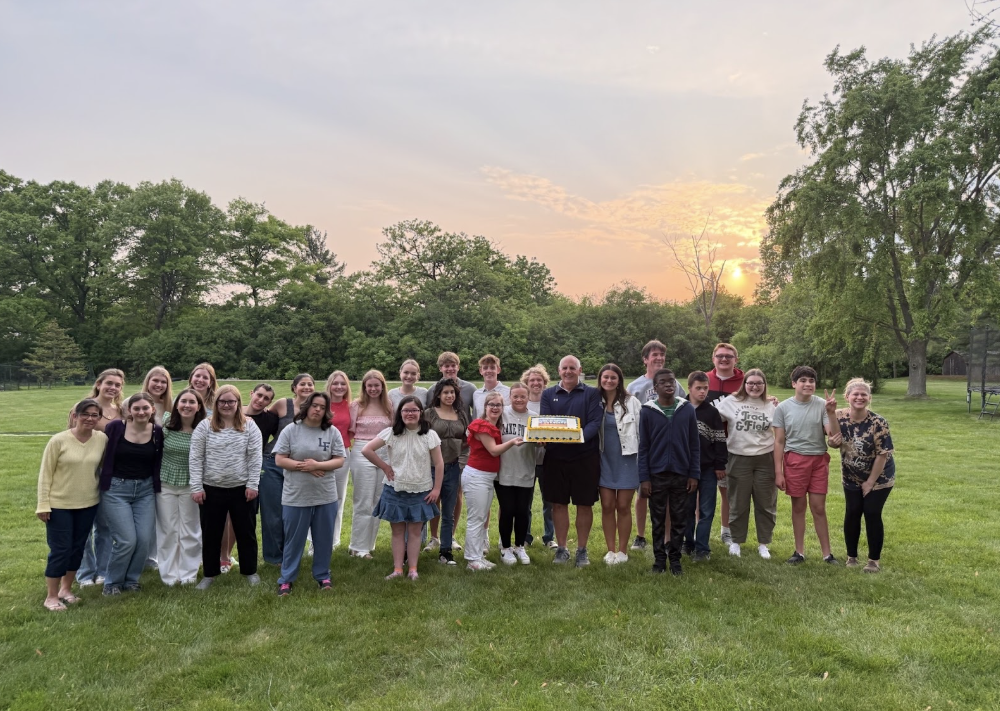
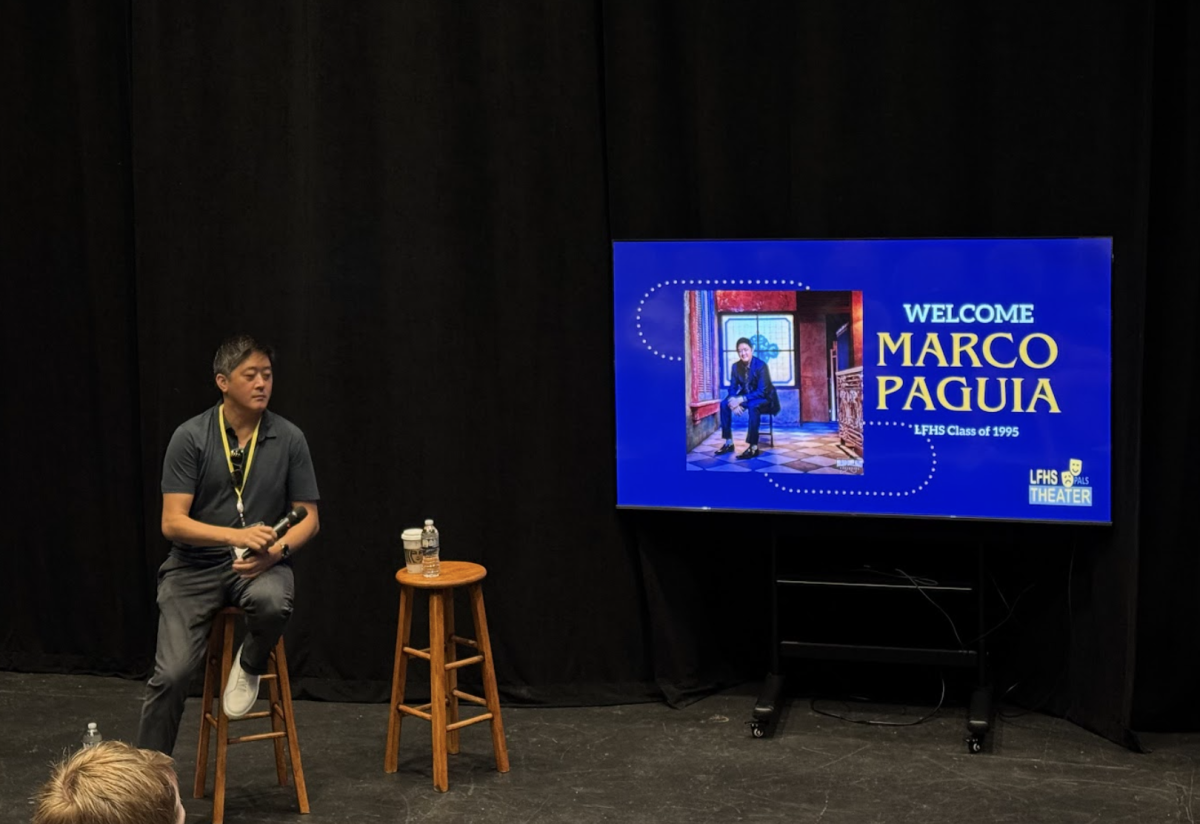
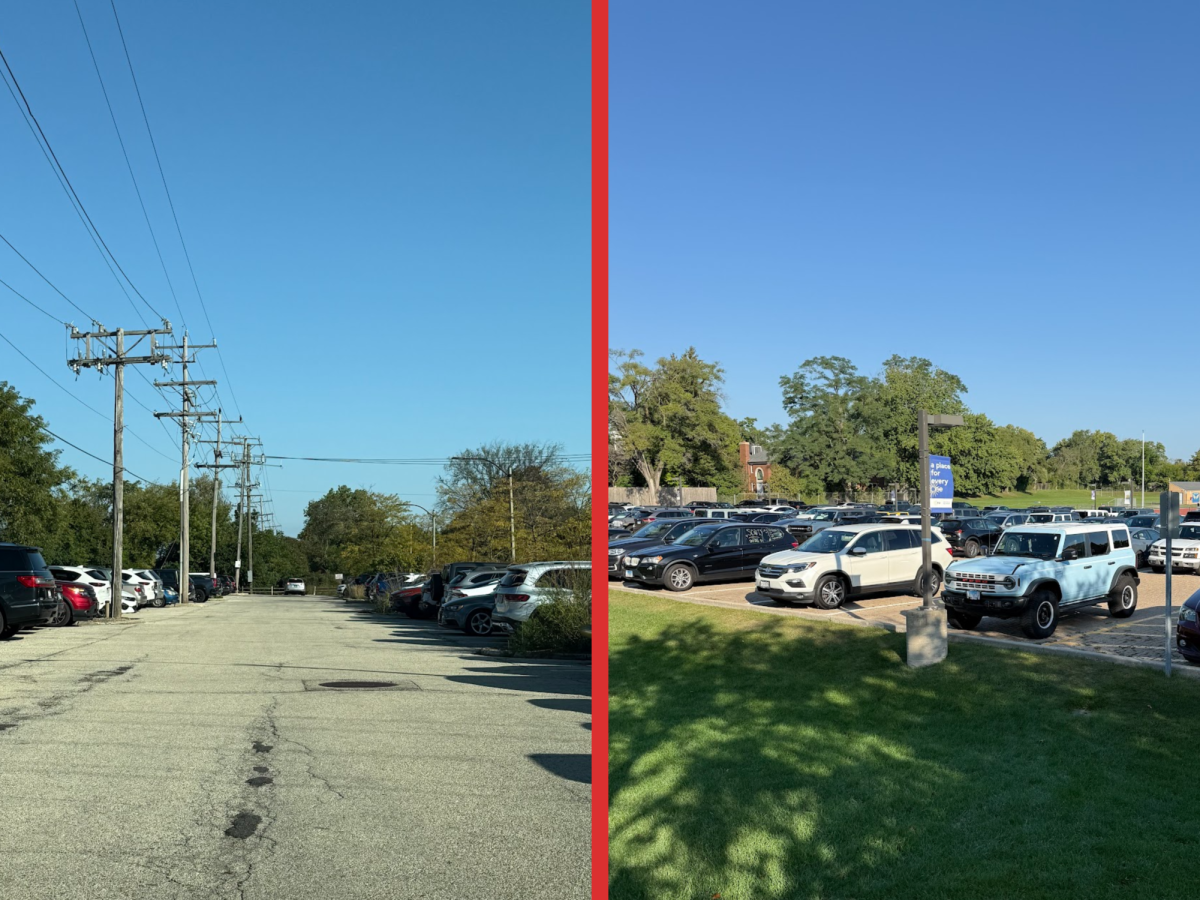
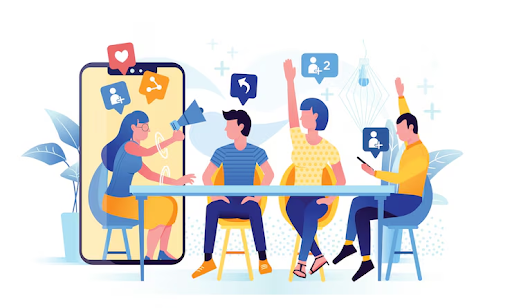

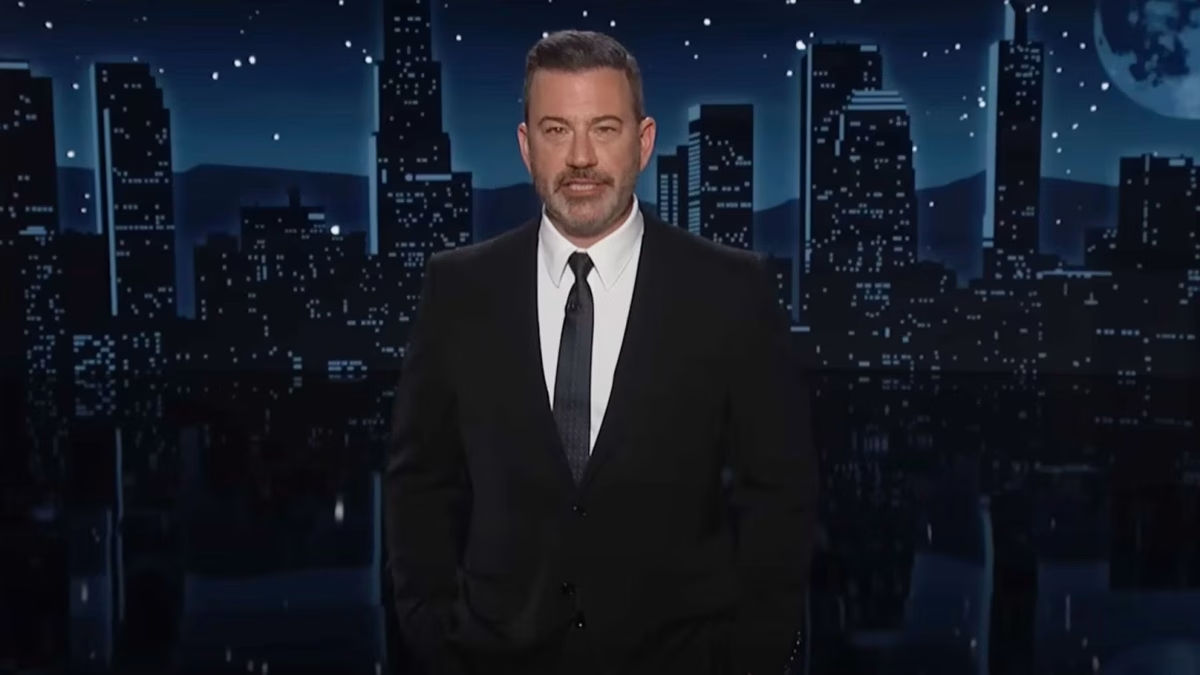

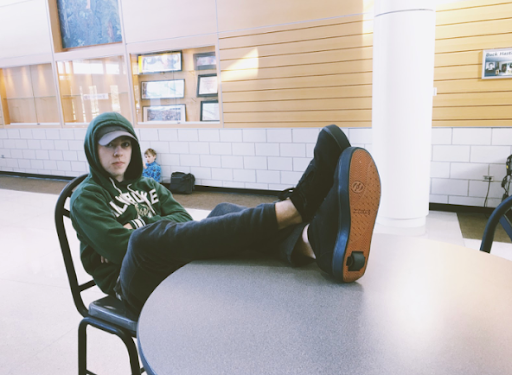
Garrett Smith • Nov 4, 2020 at 9:00 am
In 2019 studies say that 79% of the population in the United States uses social media. Long term effects of consistent usage of social media lead to an increased risk of depression, loneliness, self-harm, and suicidal thoughts. In my opinion, social media has become more of a comparison of your life to others than a “safe-space” that others lift you up as some say.